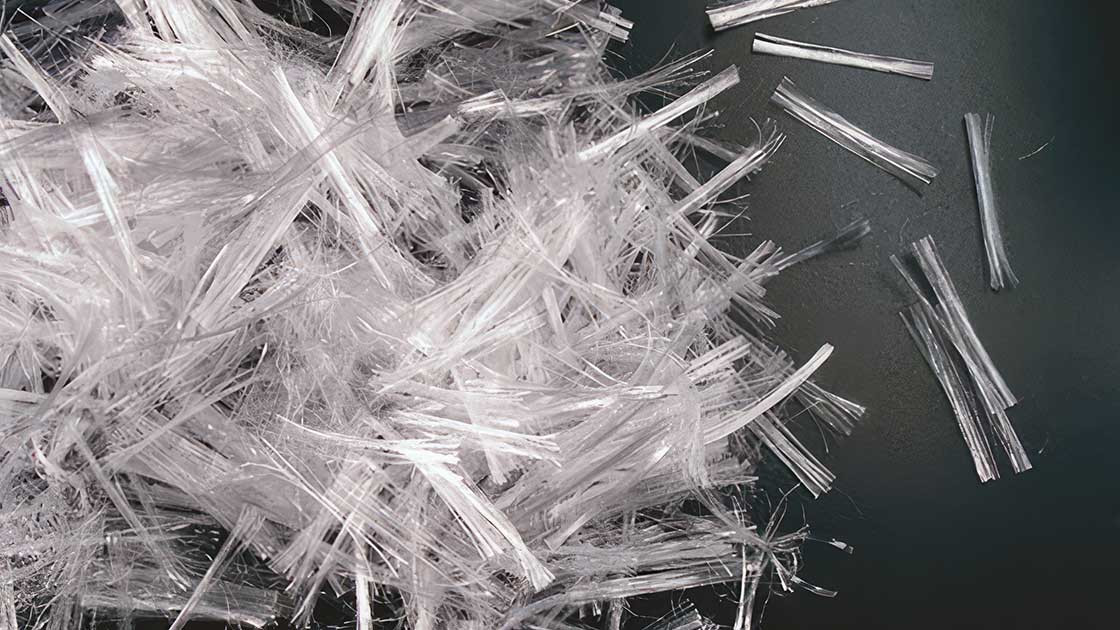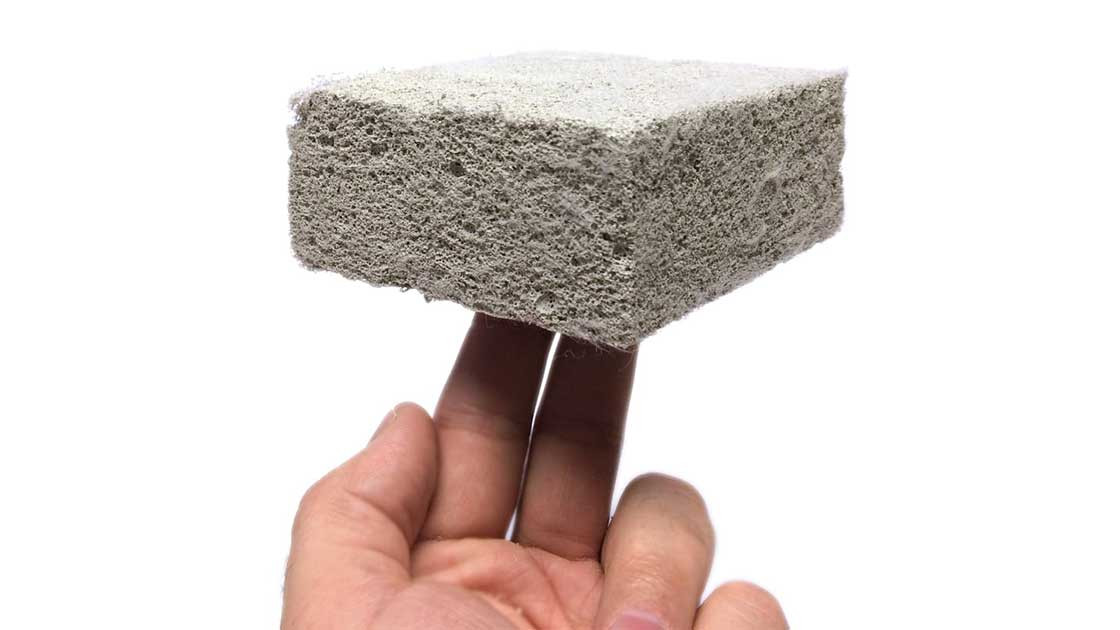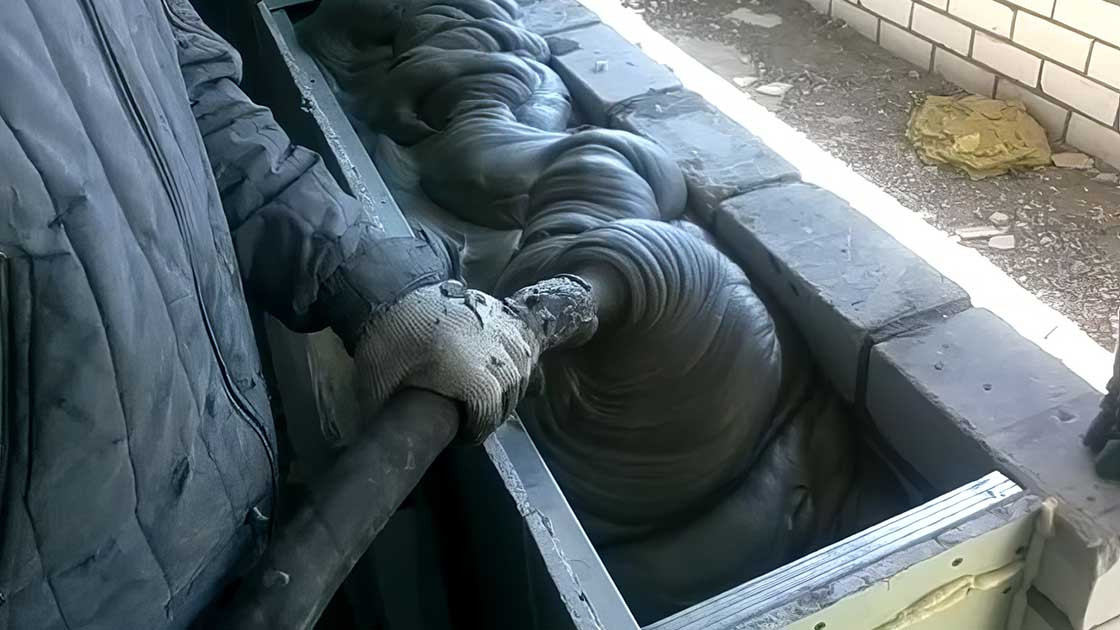Polypropylene Fiber

Polypropylene fiber is a reinforcing additive. It is a thin fiber-thread made of polypropylene, with a thickness of 3 to 75 microns and a length of 2 to 40 millimeters (depending on the purpose of the building mixture).
Fiber usage
It is used as a reinforcing additive in all types of building mixtures, in order to prevent the formation of deformation cracks that occur due to natural shrinkage when pouring floors, screeds or pouring into formwork. The use of this reinforcing material promotes compaction of the material at the microstructural level, which eliminates delamination and has a positive effect on the flexural strength, aesthetics and durability of finished concrete structures and products.
Fiber is added to the dry mixture or solution at the stage of mixing the components. In the process of mixing with other components, the fiber fluffs up and is evenly distributed throughout the entire volume of the composition, which ensures uniform and high-quality reinforcement.
The choice of length and cross-section depends on the purpose of the building mixture. For example, to level surfaces, fiber of the shortest length is added, whereas in heavy concrete, longer fibers are preferred.
Request advice from a specialist on the use of polypropylene fiber
Economic expediency
The use of polypropylene fiber can significantly (!) reduce the cost of work and materials.
Polypropylene fiber 3 mm
Fiber with a length of 3 mm is used as a reinforcing additive in the production of dry mixtures based on cement or gypsum, putties, plasters, paints, mastics, liquid wallpaper, adhesives, etc.
Polypropylene fiber 6 mm
Fiber with a length of 6 mm is ideal for performing plastering work, preparing repair mortars, and installing screeds for sanding. The diameter of the fibers is small, the surface is highly hydrophilic, which significantly contributes to dispersion. This brand is often used in work related to modeling complex concrete surfaces and casting small architectural forms.
Polypropylene fiber 12 mm
Fiber with a length of 12 mm are intended for performing work on screeds and self-leveling floors, which involve subsequent grinding of the surface. Manufacturers of fiber foam concrete, foam concrete products (foam blocks), polystyrene concrete, aerated concrete, paving slabs and curb stones are in high demand for a combination of fiber with a pile length of 6, 12 and 20 mm.
Polypropylene fiber 18 mm
Fiber with a length of 18 mm are used in floor screeding, shotcreting of concrete surfaces, splicing in areas where cracks form, in the production of precast reinforced concrete and in the preparation of repair mortars. Thin fibers of this brand of fiber mix well in any mixer.
Properties
- increases resistance to mechanical stress;
- reinforces the solution throughout the entire volume of the product, unlike metal mesh;
- provides high adhesion to the solution, forming a homogeneous mass;
- increases abrasion resistance (floors);
- increases the tensile strength of concrete during bending;
- prevents the formation of plastic deformations, cracks, delaminations;
increases frost resistance; - concrete containing polypropylene fibers has better adhesion than ordinary concrete;
- increases the water resistance of concrete by blocking concrete capillaries with fibers;
Usage areas of polypropylene microfiber
- production of foam concrete of various brands;
- production of industrial floors;
- construction of hydraulic buildings and structures;
- production of monolithic and prefabricated concrete structures
- construction of concrete roads;
- production of various external platforms;
- production of concrete slabs;
- pouring foundations;
- construction of bridges and piles;
- production of building mixtures and solutions, including plaster;
- production of all types of cellular concrete;
- production of pressed and cast products (special modification required);
- production of decorative concrete;
- production of materials intended for the repair of concrete products;
- production of shotcrete;
- production of dry and semi-dry building mixtures;
- construction of petrochemical facilities;
- construction of earthquake-resistant objects.
Advantages of fiber characteristics
- when heated to a high temperature, the spalling of chips from a concrete product decreases;
- increases the resistance of concrete structures to alkaline substances;
- water resistance increases;
- significant reduction in concrete shrinkage rate;
- increasing the level of compaction during vibration;
- delamination excluded;
- the adhesion property of the concrete solution increases;
- strengthening of all strength properties of the product.
Production of polypropylene fiber
Fiber is produced from polypropylene granules by extrusion and drawing under high temperature and applying an additional layer to ensure dispersion and adhesion of microfiber to cement mixture materials.

